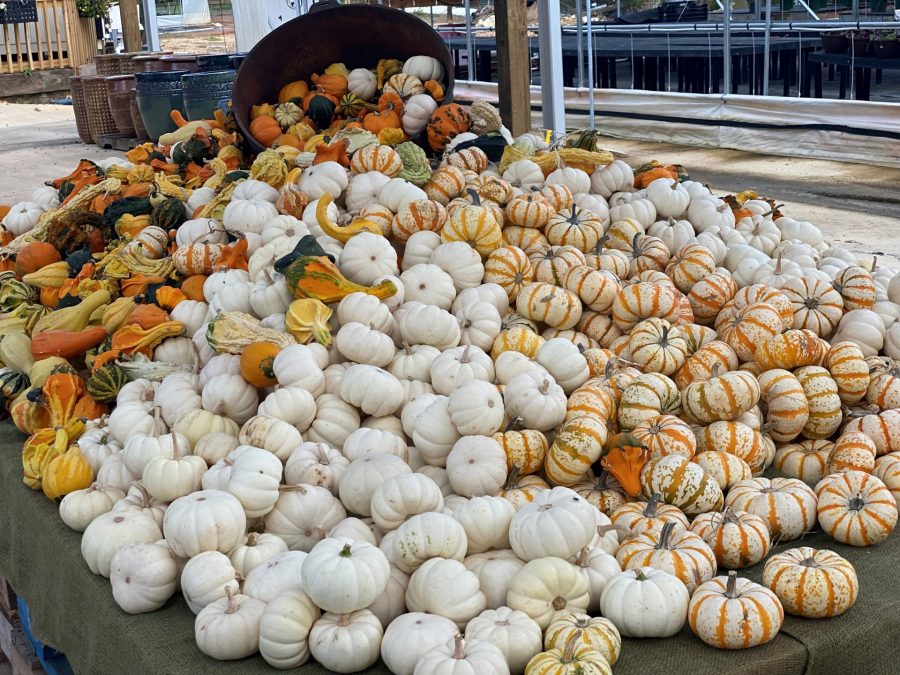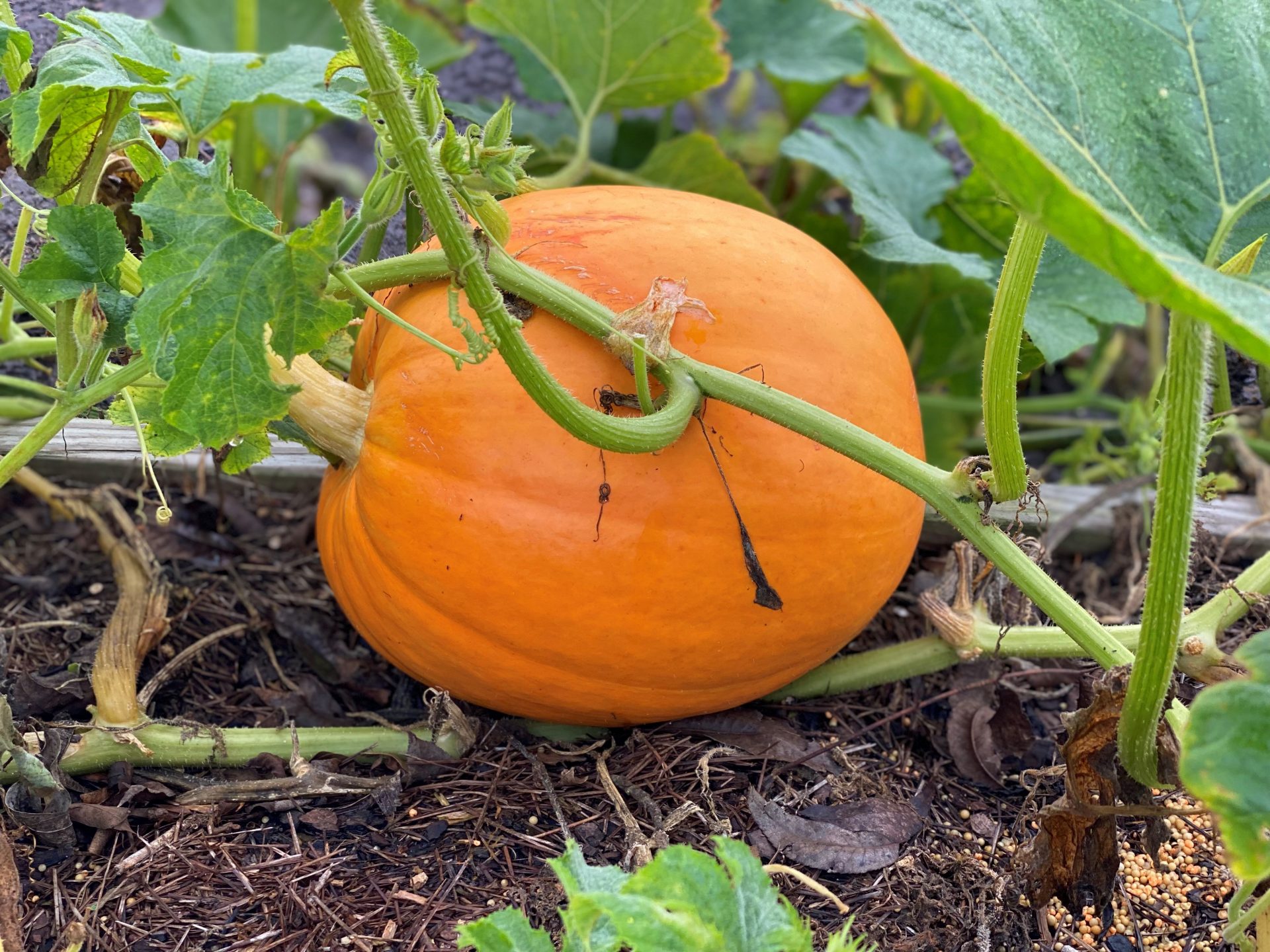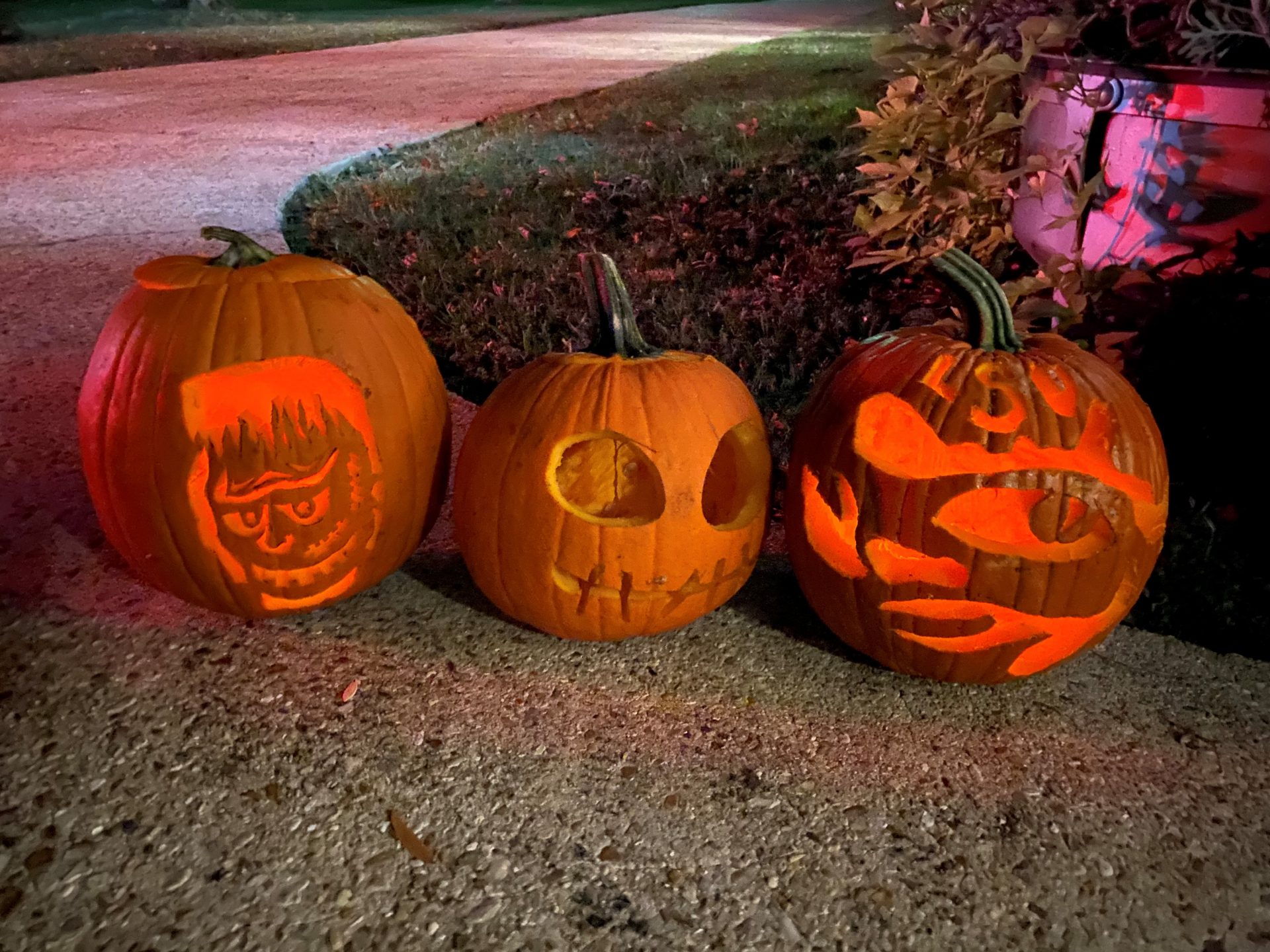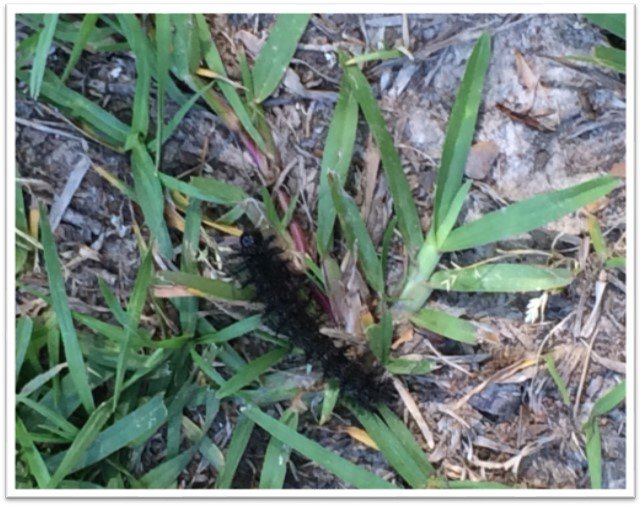
Multiple arrests made at local high school football game
October 16, 2021
Coach Ed Orgeron to leave LSU at the end of this season for full $16.9 million buyout
October 17, 2021By Heather Kirk-Ballard, LSU AgCenter Horticulturist
The novelist Samuel Butler once said, “Autumn is the mellower season, and what we lose in flowers, we more than gain in fruit.” Fortunately for the Gulf South, this isn’t exactly true, as many flowers are still in bloom. But we also get to enjoy some of the sensory delights of the fall season: fallen leaves, pumpkins, even apples.
This is my favorite time of year. As the days begin to shorten and the year comes to a close, there are so many exciting things going on in the garden.
First, let’s talk briefly about apples. While they’re not a significant crop in the South, it is possible to grow apples here. One of our main hurdles is not having enough chilling hours to suit many varieties. Several low-chill varieties are available, however, and grow well in Louisiana.
Of course, autumn is time for harvesting pumpkins and squash — all members of the gourd family known as Curcurbitaceae. They come in a wide range of shapes, sizes and colors, but none more memorable than orange, the official color of fall.
To complicate things, there are summer squash and winter squash; the names designates the time of year each is grown and harvested. Summer squash is grown in the warm season and harvested in the early fall. They typically grow in bush form, and the fruit is eaten when it is young and tender.
Summer squash include those with thin rinds such as yellow crookneck, which has a warty rind, and straightneck squash, which is also yellow but has smooth skin. Zucchini is a green-skinned squash, and it has gained popularity as a replacement for pasta noodles to reduce carbohydrate consumption. Then there are the scalloped or “patty pan” summer squashes that are flat-topped and rounded with scalloped rinds.
In addition to summer squash, there are winter squash. They are also grown in the summer — but they mature in the cooler weather. These are the hard-rind squashes such as acorn, butternut and spaghetti.
The all-time favorite squash of the fall is the pumpkin. They’re often planted in July so they can be harvested in October in time for Halloween. They have a hard rind that helps them keep longer in cooler temperatures. Pumpkins are a challenge to grow in the hot and humid South, and they require a great deal of room — but it can be done.
Pumpkins come in all sizes from miniature to jumbo. They are all great for decorating during the fall. Miniatures make great centerpieces and can be painted. The medium to jumbo sizes are the best for carving jack-o-lanterns.
Lastly, but certainly not least, are the gourds. These hard-skinned squashes have a long history. Gourds are sometimes weird-looking decorative vegetables and are some of the oldest cultivated plants. Essentially non-edible, gourds were used by many cultures as tools because of their tough rinds that persisted for years upon years. The Egyptians once used them as utensils, water bottles and storage containers. Walk around any fall craft fair and you are sure to find “gourdgeous” art and useful gadgets all made from gourds.
There are three main types. Ornamental gourds (Cucurbita pepo) are used to make decorations because of their colorful shapes and small size. Bottle gourds (Lagenaria siceraria) are very hard-shelled gourds used as water vessels and dippers. Once used as utensils, they are now used to make birdhouses and other decorative home goods. Lastly, sponge gourds (Luffa aegyptiaca or L. cylindrical) are the ones used to make luffas or sponges because of their finely textured inner fiber.
There are so many different kinds of squashes, and they all hold a place in our hearts and homes each fall. They are fun and relatively easy to grow in the garden.
If you’d like to have some of your own, keep in mind that most squashes need to be planted in the warm season. Apples, like other trees, should be planted in the winter.
You can find Louisiana variety recommendations for all of these plants that we enjoy during autumn by going to www.LSUAgCenter.com.










